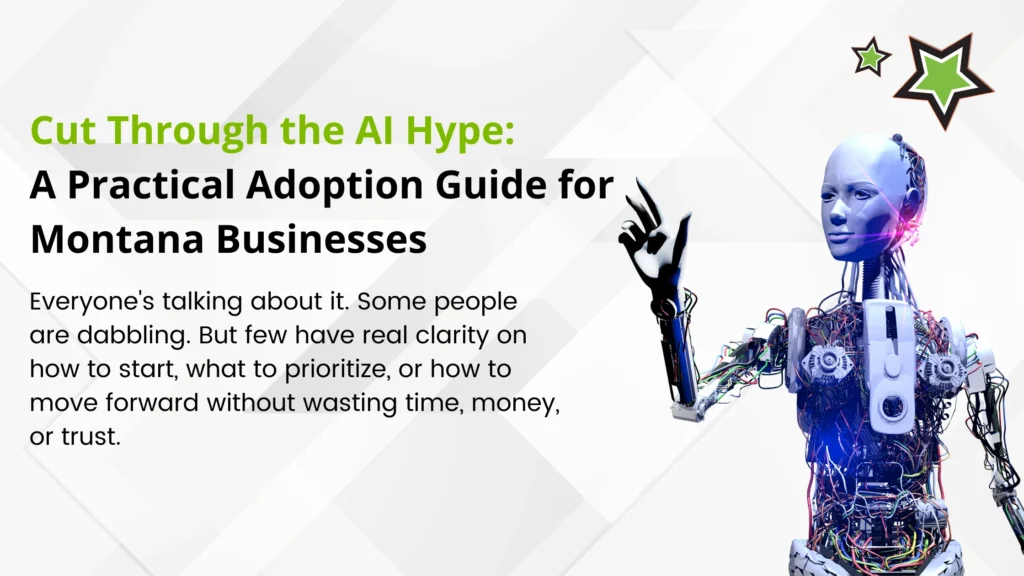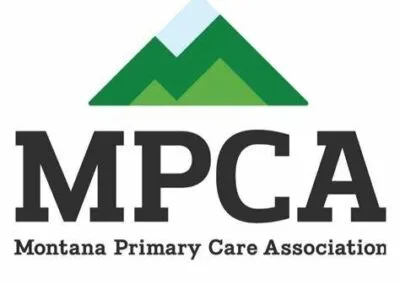Your Trusted Partner in Rural Hospital Cybersecurity
Cybersecurity Services for Montana Rural Hospitals
First Call Computer Solutions is here to safeguard your hospital’s digital infrastructure and protect your patients’ data.
Cybersecurity Services for Montana Rural Hospitals
Rural Hospital Cybersecurity
Are you a rural hospital director, IT manager, or healthcare professional concerned about the rising cybersecurity threats to your organization?
Look no further – First Call Computer Solutions is here to safeguard your hospital’s digital infrastructure and protect your patients’ data.
At First Call Computer Solutions, we understand the unique challenges rural hospitals face when it comes to cybersecurity. Our comprehensive solutions are tailored specifically to meet the needs of healthcare organizations like yours, ensuring HIPAA compliance, data privacy, and uninterrupted patient care.

Data Breaches and Patient Privacy
Protecting patient data is a significant concern for rural hospitals. They strive to minimize the risk of data breaches that could compromise sensitive patient information, leading to legal and regulatory penalties, damage to reputation, and potential litigation.
Regulatory Non-Compliance
Failure to comply with regulatory frameworks, such as HIPAA and HITECH, can result in severe penalties and reputational damage. Rural hospitals work to manage this risk by implementing cybersecurity measures that align with industry regulations and standards.
Financial Losses
A cybersecurity incident can result in significant financial losses for rural hospitals. This includes expenses related to incident response, recovery, legal fees, fines, and potential lawsuits. By managing cybersecurity risks, rural hospitals seek to protect their financial stability and sustainability.
Ransomware and Cyberattacks
Rural hospitals face the risk of ransomware attacks and other forms of cyberattacks that can disrupt operations, compromise patient care, and result in financial losses. They seek solutions to defend against such attacks and ensure business continuity.
Operational Disruptions
Cybersecurity incidents, such as malware infections or network breaches, can lead to operational disruptions within the hospital. These disruptions can impact patient care, interrupt critical systems, and result in financial losses. Rural hospitals aim to minimize such risks by implementing robust cybersecurity measures.
Reputation Damage
Cybersecurity incidents can severely damage the reputation of a rural hospital. Patients and the local community place trust in healthcare organizations to safeguard their data and ensure privacy. A breach of this trust can lead to a loss of patients, diminished community support, and a negative impact on the hospital’s reputation.
By understanding and addressing these business risks, rural hospitals can prioritize cybersecurity investments and adopt appropriate solutions to safeguard their operations, protect patient data, ensure compliance, and maintain the trust of their stakeholders.
Take the First Step Towards Secure Healthcare Operations
Ready to fortify your rural hospital’s cybersecurity defenses? Request an appointment with our experts at First Call Computer Solutions today.
During your consultation, we’ll assess your organization’s specific needs, answer your questions, and tailor a comprehensive cybersecurity plan that suits your budget and requirements. Don’t let cyber threats compromise patient care or put your hospital at risk. Safeguard your digital infrastructure with First Call Computer Solutions – your trusted partner in rural hospital cybersecurity.
Getting started is easy. Just request an appointment with one of our specialists.
Recent News

Cut Through the AI Hype: A Practical Adoption Guide for Montana Businesses
AI is everywhere right now.
You’ve seen it in headlines, heard it at conferences, and maybe even tested a few tools yourself. But if you’re like most business leaders in Montana, the buzz around AI feels less like a roadmap and more like a fog.

Is Your IT Team Drowning? 5 Signs You’ve Outgrown Your Internal Setup
ou’ve got good people in IT. They work hard, care about the business, and want to do things right. But lately, things just feel off.
Projects are delayed. Tickets are piling up. Communication is breaking down. And worst of all, your people are starting to burn out, not just in IT, but across the entire organization.

Beyond the Checklist: How to Make Compliance a Competitive Advantage
Most Montana businesses don’t think of compliance as a competitive edge. It’s more often seen as a necessary burden. A list of boxes to check. A security measure you hope will pass inspection if an auditor comes knocking.
We make ceybersecurity simpler
Key Functions of the Healthcare Industry
It is crucial for hospitals to implement robust cybersecurity measures to mitigate these risks and ensure the continuity of patient care, protect patient data, maintain operational efficiency, and safeguard their reputation in the face of cyber threats
A cyberattack can disrupt the availability and accessibility of critical systems used for patient care, such as electronic health records (EHRs), medical imaging systems, and medication administration systems. This can lead to delays in treatment, miscommunication among healthcare professionals, and potential risks to patient safety.
A cyberattack can result in the compromise of patient data, including personal health information (PHI) and medical records. This can lead to unauthorized access, data breaches, identity theft, and potential harm to patients’ privacy and confidentiality.
Hospitals rely on various communication systems, such as email, voice-over-IP (VoIP) phones, and messaging platforms, to facilitate effective communication among staff members. A cyberattack can disrupt or disable these communication channels, impeding collaboration, decision-making, and coordination of care.
A significant cyberattack, such as a ransomware infection, can cause extended periods of operational downtime for a hospital. This may result in the inability to access critical systems, schedule surgeries, or perform routine medical procedures, leading to disruption of services and financial losses.
Cyberattacks can have significant financial implications for hospitals. This includes costs associated with incident response, recovery, and remediation, as well as potential fines, legal fees, and regulatory penalties. Additionally, the loss of patient trust and reputation can have long-term financial consequences for the hospital.
A cyberattack can damage a hospital’s reputation and erode patient trust. The public perception of a hospital’s ability to protect sensitive patient information is critical. A cybersecurity incident can lead to negative media coverage, loss of patients, and diminished community support.
Hospitals are subject to various legal and regulatory requirements, such as HIPAA, which mandate the protection of patient data. A cyberattack resulting in a data breach can trigger legal obligations, investigations, and potential litigation, leading to financial and reputational damage.
Let's put our shoulder's together
Companies We Work With
First Call Computer Solutions works with companies like yours across Montana to provide consistent, dependable IT & Cybersecurity support. Healthcare is such a crucial component of rural Montana’s communities. Safe, secure, and streamlined processes and systems help keep your employees, shareholders, and patients safe and assured.



We make your team more secure
Case Study
We make your team more secure
Why choose first call?
At First Call Computer Solutions, we understand the unique challenges rural hospitals face when it comes to cybersecurity. Our comprehensive solutions are tailored specifically to meet the needs of healthcare organizations like yours, ensuring HIPAA compliance, data privacy, and uninterrupted patient care.
Expertise in Rural Hospital Cybersecurity:
With years of experience serving rural hospitals, we possess an in-depth understanding of your specific cybersecurity requirements. Our team of dedicated professionals knows the intricacies of the healthcare industry, enabling us to deliver tailored solutions that align with your organization’s goals.
Cutting-Edge Protection Against Cyber Threats:
Our state-of-the-art cybersecurity solutions are designed to combat the ever-evolving landscape of cyber threats. We employ advanced threat detection, real-time monitoring, and proactive measures to shield your hospital’s network from ransomware, data breaches, and other malicious attacks.
Seamless Integration and Support:
We understand that implementing new cybersecurity measures can be a complex process. Our team is dedicated to ensuring a smooth integration of our solutions into your existing systems. We provide comprehensive training, reliable customer support, and ongoing monitoring to address any concerns or issues that may arise.
Compliance Assurance:
We recognize the importance of adhering to regulatory frameworks, such as HIPAA and HITECH. Our solutions are developed with compliance in mind, providing you with peace of mind and reducing the risk of penalties and reputational damage associated with non-compliance.
Protecting Your Organization and Meeting Your Industry’s Regulation Requirements Can Be Challenging.
Let’s put our shoulders together!
We make cybersecurity simpler.
We make your team more secure.

